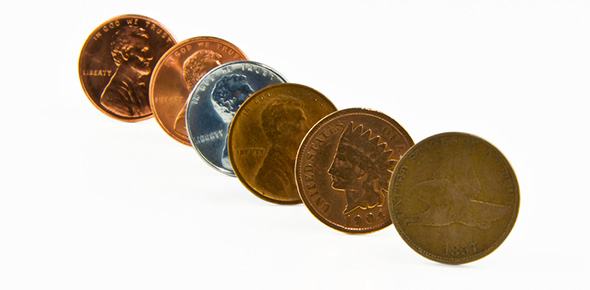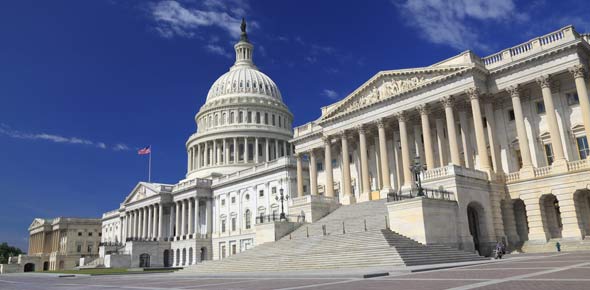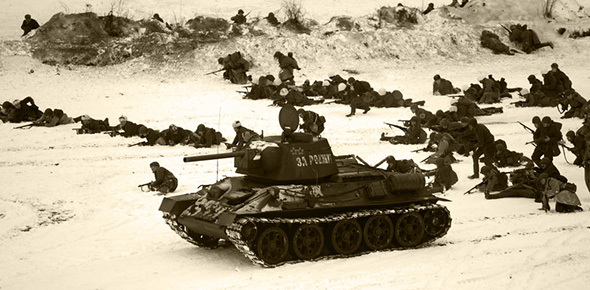Related Flashcards
Cards In This Set
| Front | Back |
|
The most common previous occupation of previous presidents are:
|
lawyers
|
|
Going on official state visits to other countries, decorating war heroes and dedicating parks demonstrates the president’s role as:
|
head of state.
|
|
As chief executive, the president is constitutionally bound to:
|
enforce laws, treaties and court orders
|
|
If the president is dissatisfied with the performance of members of the cabinet, he can:
|
fire a person.
|
|
As commander in chief, the president is:
|
the ultimate decision maker in military matters.
|
|
The Wars Power Resolution requires the president to:
|
consult with Congress before sending American forces to action.
|
|
As chief diplomat the president:
|
negotiates treaties, recognizes foreign government and makes executive agreements.
|
|
Before a treaty can become legally binding, the treaty must be:
|
approved by a 2/3s vote in the Senate.
|
|
A major difference between a treat and a executive agreement is:
|
the senate must approve treaties and an executive agreement doesn’t need the senate’s approval and executive agreements can be secrets while treaties cannot.
|
|
Role of the president in influencing the making of laws is called:
|
chief legislator.
|
|
The state of the Union message
|
gives a broad view of what the President wishes the legislature to accomplish during the session
|
|
An executive order
|
is a rule issued by the president that has the effect of a law.
|
|
The first test of the limits of executive privilege were in:
|
Response to Richard Nixon’s actions during the Watergate Affair.
|
|
The following two presidents have been impeached:
|
Andrew Johnson and Bill Clinton
|
|
Presidential candidates have asked vice presidents to join the ticket:
|
except to serve as co-president.
|







